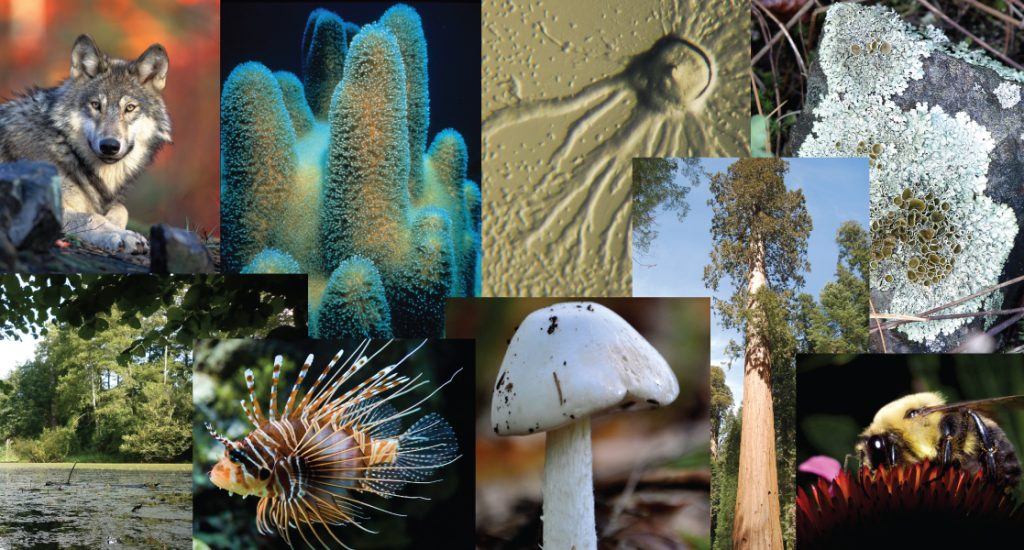81 Introduction
Mary Ann Clark; Jung Choi; and Matthew Douglas
Living things may be single-celled or complex, multicellular organisms. They may be plants, animals, fungi, bacteria, or archaea.

All life on Earth is related. Evolutionary theory states that humans, beetles, plants, and bacteria all share a common ancestor, but that millions of years of evolution have shaped each of these organisms into the forms we see today. Scientists consider evolution a key concept to understanding life. It is one of the most dominant evolutionary forces. Natural selection acts to promote traits and behaviors that increase an organism’s chances of survival and reproduction while eliminating those traits and behaviors that are detrimental to the organism. However, natural selection can only, as its name implies, select—it cannot create. We can attribute novel traits and behaviors to another evolutionary force—mutation. Mutation and other sources of variation among individuals, as well as the evolutionary forces that act upon them, alter populations and species. This combination of processes has led to the world of life we see today.

